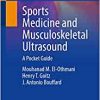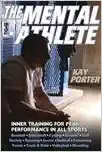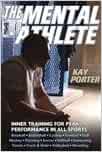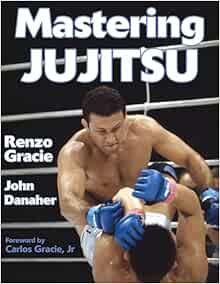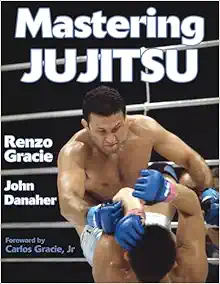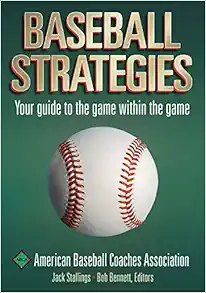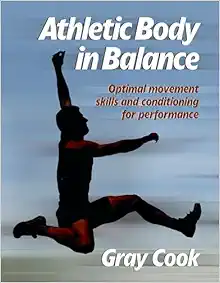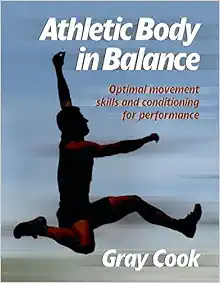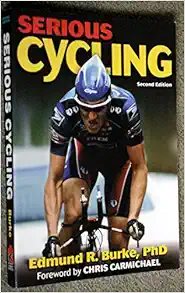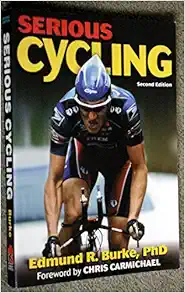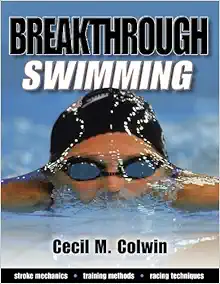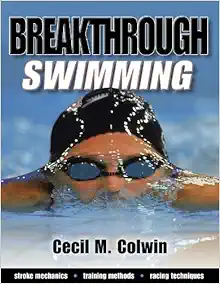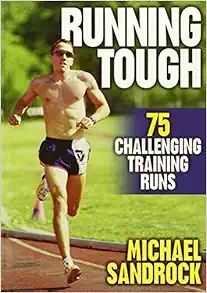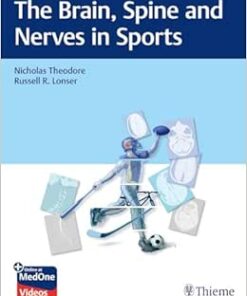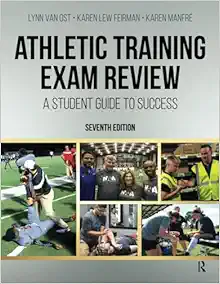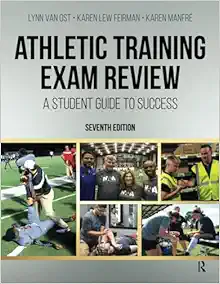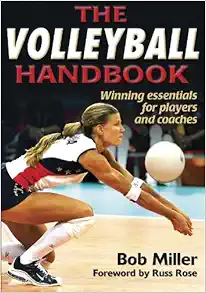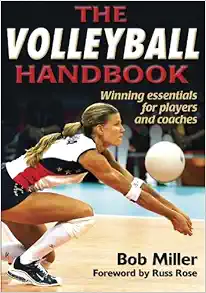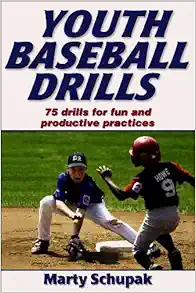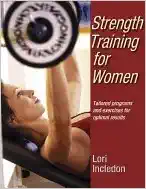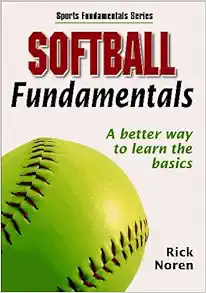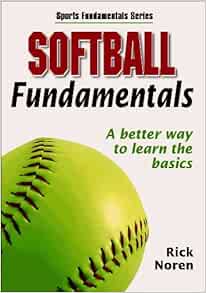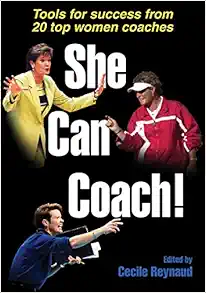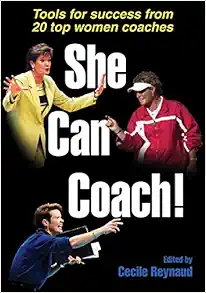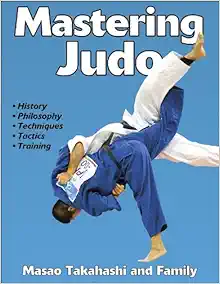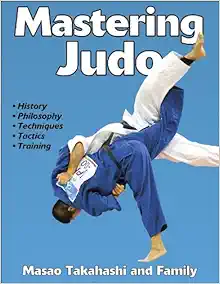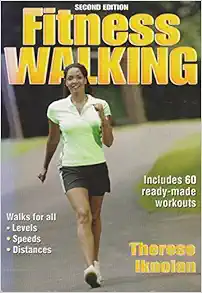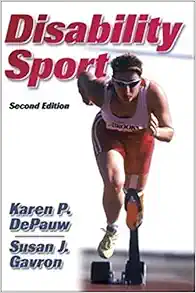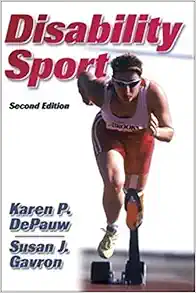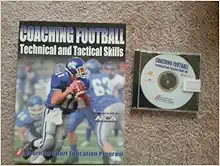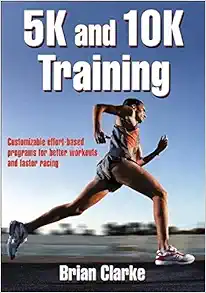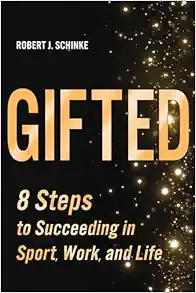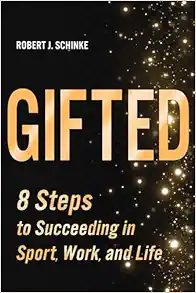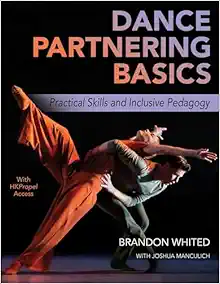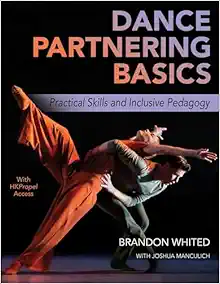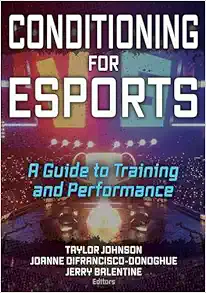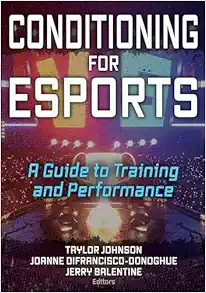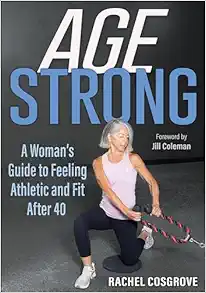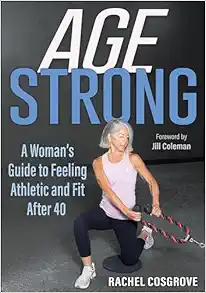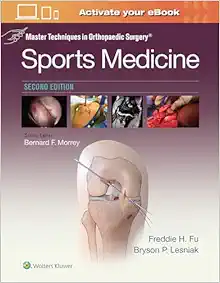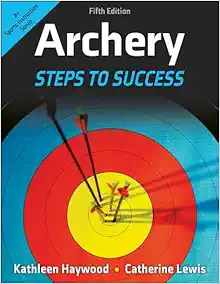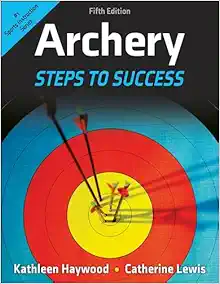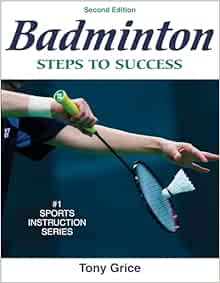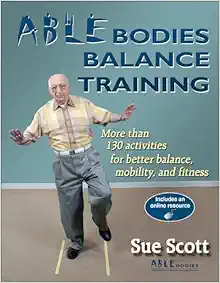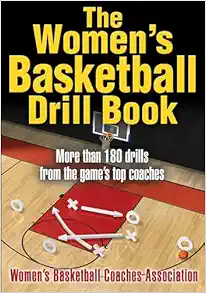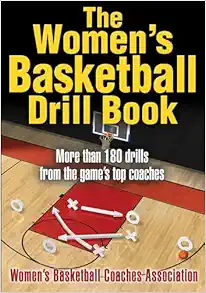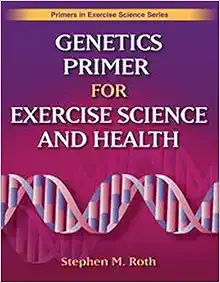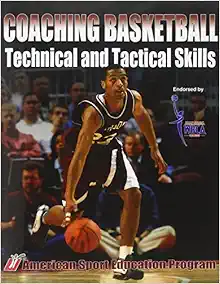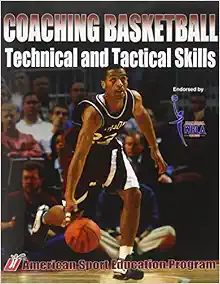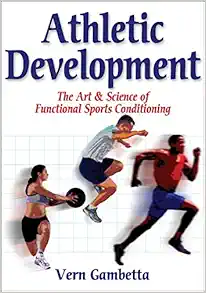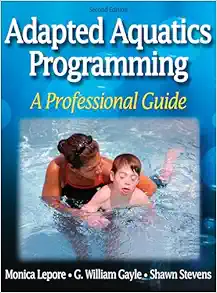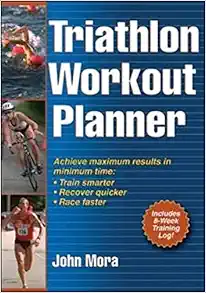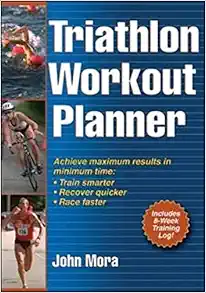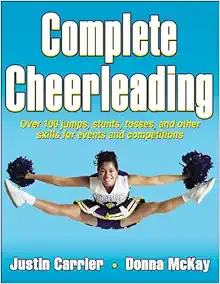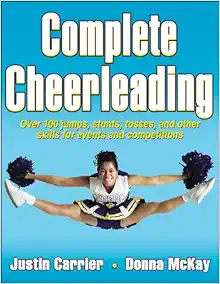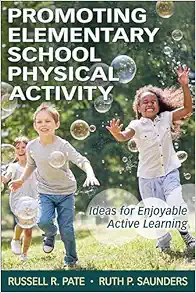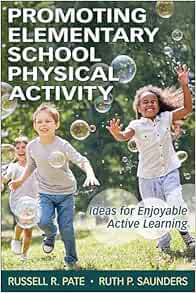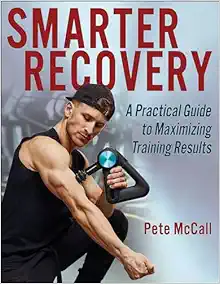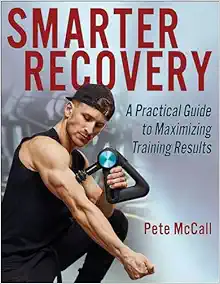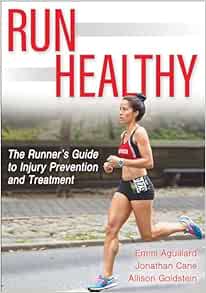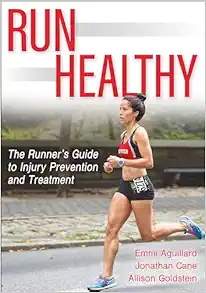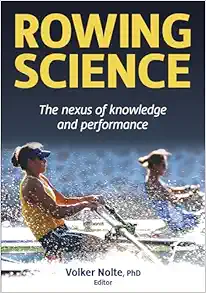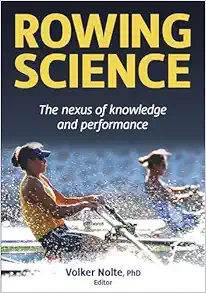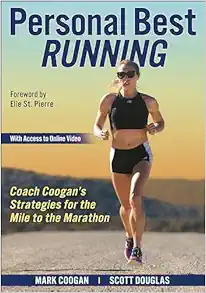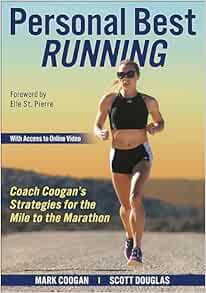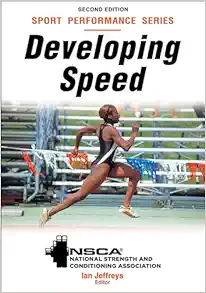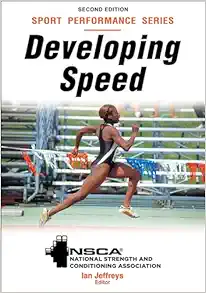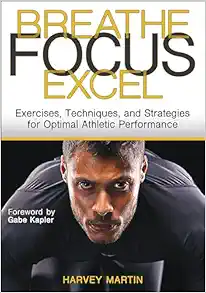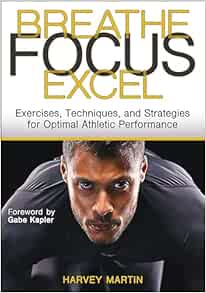Exercise and the Brain: Why Physical Exercise is Essential to Peak Cognitive Health
$6
Format : Publisher PDF
File Size : 4.5 MB
Exercise and the Brain: Why Physical Exercise is Essential to Peak Cognitive Health
.
Introducing “Exercise and Chronic Brain Disorders: A Guide for Finding the Right Exercise Routine”
As we age, it is not just our body that undergoes changes, but our brain as well. The decline of cognitive functions is natural and can result in chronic brain disorders such as Alzheimer’s disease, Parkinson’s disease, stroke, and others. It is a common stereotype that aging comes with memory and cognitive decline. As we look around, we can see many examples of senior citizens who are weak and unsteady. But this is not always the case.
Exercise is a powerful tool that we can use to improve our brain health. According to research, brain health is crucial to overall health, and physical activity plays a vital role in its maintenance. Exercise and Chronic Brain Disorders: A Guide for Finding the Right Exercise Routine by Dr. Robert W. Baloh is a comprehensive guide for those who want to know more about the benefits of exercise for preventing chronic brain disorders.
This guide provides an overview of the benefits of exercise for cognitive health. It also includes scientific research that supports and emphasizes the importance of exercise in age-related cognitive decline, including the prevention and treatment of chronic brain disorders. It outlines a personalized approach to developing an exercise routine that suits individual needs and schedules.
Exercise and Chronic Brain Disorders responds to questions like, “how much exercise is needed?,” “what kind of exercises are safe and effective?,” and “can we exercise too much?” Baloh suggests that the key to finding success with exercise is making it a part of one’s daily routine. Exercise can benefit the brain in many ways, from increasing the flow of blood and oxygen, boosting cognitive functions, to promoting neural plasticity.
It is important to point out that while many books on health and wellness claim to have “the ultimate answer,” it is rare to come across a work that acknowledges the complexities and individuality of exercise needs. Baloh’s approach is one that emphasizes developing personalized exercise routines that suit the individual’s needs.
Reviewing “Exercise and Chronic Brain Disorders: A Guide for Finding the Right Exercise Routine”
Robert W. Baloh, MD, is a distinguished professor of neurology and medicine at the David Geffen School of Medicine at UCLA. He’s led a team of researchers whose primary aim is to understand neuromuscular degenerative and inflammatory disorders. His background and extensive research show his authority on the subject.
The book is written in plain language that is easy to understand and comprehend. Dr. Baloh has organized chapters of the book well, so it is easy to find what you’re looking for, whether it is an introduction to the concept of cognitive decline, research on Exercise and Brain Health, Exercise Prescription for Chronic Brain Disorders, or topics related to “losing motivation to exercise.”
The author provides many examples to illustrate his claims throughout the book. For instance, he cites research that shows that aerobic exercises such as running or cycling promote the growth of new neurons.
The book’s primary strength is in providing a comprehensive view of how exercise and brain health are connected. It’s both a review of relevant research and a practical guide for people who are looking to prevent or treat chronic brain diseases through exercise.
“Exercise and Chronic Brain Disorders: A Guide for Finding the Right Exercise Routine” also includes various exercises that readers can begin to practice that will help boost mental health and clarify cognitive function. The guided exercises are practical and explained in clear and straightforward language that’s approachable to beginners.
Promoting the Feeling of Ordering the Book or Video
Whether you’re a fitness enthusiast or someone who has never exercised regularly, Dr. Baloh’s book provides an empowering message: you can impact and improve your brain health with exercise. He encourages readers to consider exercise as part of their daily routine, much like brushing your teeth or taking a shower.
If you’re looking for a way to improve your brain health, prevent age-related cognitive decline, and treat brain disorders that may come later in life, “Exercise and Chronic Brain Disorders: A Guide for Finding the Right Exercise Routine” can provide guidance.
Don’t wait until cognitive decline becomes an issue; start exercising today. You can order your copy of Dr. Baloh’s book from your local bookstore or online seller.
Product Details
- Publisher : Springer; 1st ed. 2022 edition (October 29, 2022)
- Language : English
- : 232 pages
- ISBN-10 : 3031139232
- ISBN-13 : 978-3031139239
Related Products
Sports Medicine Books
Sports Medicine Books
Sports Medicine Books
Sports Medicine Books
Sports Medicine Books
Sports Medicine Books
Mastering Jujitsu (Mastering Martial Arts) (Original PDF from Publisher)
Sports Medicine Books
Sports Medicine Books
Sports Medicine Books
Sports Medicine Books
Sports Medicine Books
Sports Medicine Books
The Softball Coaching Bible, Volume I (The Coaching Bible) (Original PDF from Publisher)
Sports Medicine Books
The Softball Coaching Bible, Volume I (The Coaching Bible) (EPUB)
Sports Medicine Books
Sports Medicine Books
Sports Medicine Books
Sports Medicine Books
Sports Medicine Books
Breakthrough Swimming by Colwin, Cecil published by Human Kinetics (2002) (EPUB)
Sports Medicine Books
Sports Medicine Books
The Brain, Spine and Nerves in Sports (Original PDF from Publisher)
Sports Medicine Books
Sports Medicine Books
Athletic Training Exam Review, 7th Edition (Original PDF from Publisher)
Sports Medicine Books
Sports Medicine Books
Sports Medicine Books
Sports Medicine Books
Sports Medicine Books
Softball Fundamentals (Sports Fundamentals Series) (Original PDF from Publisher)
Sports Medicine Books
Sports Medicine Books
Sports Medicine Books
Sports Medicine Books
Sports Medicine Books
Mastering Judo (Mastering Martial Arts Series) (Original PDF from Publisher)
Sports Medicine Books
Fitness Walking, 2nd Edition (Fitness Spectrum Series) (Original PDF from Publisher)
Sports Medicine Books
Sports Medicine Books
Sports Medicine Books
Coaching Fastpitch Softball Successfully (Coaching Successfully), 2nd Edition (EPUB)
Sports Medicine Books
Sports Medicine Books
The Soccer Coaching Bible (The Coaching Bible) (Original PDF from Publisher)
Sports Medicine Books
Sports Medicine Books
Coaching Football Technical and Tactical Skills (Technical and Tactical Skills Series) (EPUB)
Sports Medicine Books
Coaching Baseball Technical and Tactical Skills (Technical and Tactical Skills Series) (EPUB)
Sports Medicine Books
Sports Medicine Books
Gifted: 8 Steps to Succeeding in Sport, Work, and Life (Original PDF from Publisher)
Sports Medicine Books
Gifted: 8 Steps to Succeeding in Sport, Work, and Life (EPUB)
Sports Medicine Books
Functional Strength Training for Physical Education (Original PDF from Publisher)
Sports Medicine Books
Sports Medicine Books
Developing Endurance, NSCA – National Strength & Conditioning Association (EPUB)
Sports Medicine Books
Dance Partnering Basics: Practical Skills and Inclusive Pedagogy (Original PDF from Publisher)
Sports Medicine Books
Dance Partnering Basics: Practical Skills and Inclusive Pedagogy (EPUB)
Sports Medicine Books
Conditioning for Esports: A Guide to Training and Performance (Original PDF from Publisher)
Sports Medicine Books
Conditioning for Esports: A Guide to Training and Performance (EPUB)
Sports Medicine Books
Age Strong: A Woman’s Guide to Feeling Athletic and Fit After 40 (Original PDF from Publisher)
Sports Medicine Books
Age Strong: A Woman’s Guide to Feeling Athletic and Fit After 40 (EPUB)
Sports Medicine Books
Biochemistry for Sport and Exercise Metabolism, 2nd edition (Original PDF from Publisher)
Sports Medicine Books
Becoming a Sustainable Runner: A Guide to Running for Life, Community, and Planet (EPUB)
Sports Medicine Books
Archery: Steps to Success, 5th Edition (Original PDF from Publisher)
Sports Medicine Books
Sports Medicine Books
Badminton: Steps to Success, 2nd Edition (Original PDF from Publisher)
Sports Medicine Books
Aquatech: Best Practices for Pool and Aquatic Facility Operators (Original PDF from Publisher)
Sports Medicine Books
Sports Medicine Books
Sports Medicine Books
The Women’s Basketball Drill Book (Original PDF from Publisher)
Sports Medicine Books
Sports Medicine Books
Sports Medicine Books
Genetics Primer for Exercise Science and Health (Primers in Exercise Science) (EPUB)
Sports Medicine Books
Coaching Basketball Technical and Tactical Skills (Original PDF from Publisher)
Sports Medicine Books
Sports Medicine Books
Adapted Aquatics Programming: A Professional Guide, 2nd Edition (Original PDF from Publisher)
Sports Medicine Books
Sports Medicine Books
Sports Medicine Books
Sports Medicine Books
Sports Medicine Books
Sports Medicine Books
Promoting Elementary School Physical Activity: Ideas for Enjoyable Active Learning (EPUB)
Sports Medicine Books
Smarter Recovery: A Practical Guide to Maximizing Training Results (EPUB)
Sports Medicine Books
Run Healthy: The Runner’s Guide to Injury Prevention and Treatment (EPUB)
Sports Medicine Books
Sports Medicine Books
Sports Medicine Books
Pickleball Fundamentals, 2nd Edition (Original PDF from Publisher)
Sports Medicine Books
Sports Medicine Books
Personal Best Running: Coach Coogan’s Strategies for the Mile to the Marathon (EPUB)
Sports Medicine Books
Developing Speed (EPUB)- NSCA – National Strength & Conditioning Association, 2nd Edition
Sports Medicine Books
Complete Conditioning for Football (Original PDF from Publisher)
Sports Medicine Books


